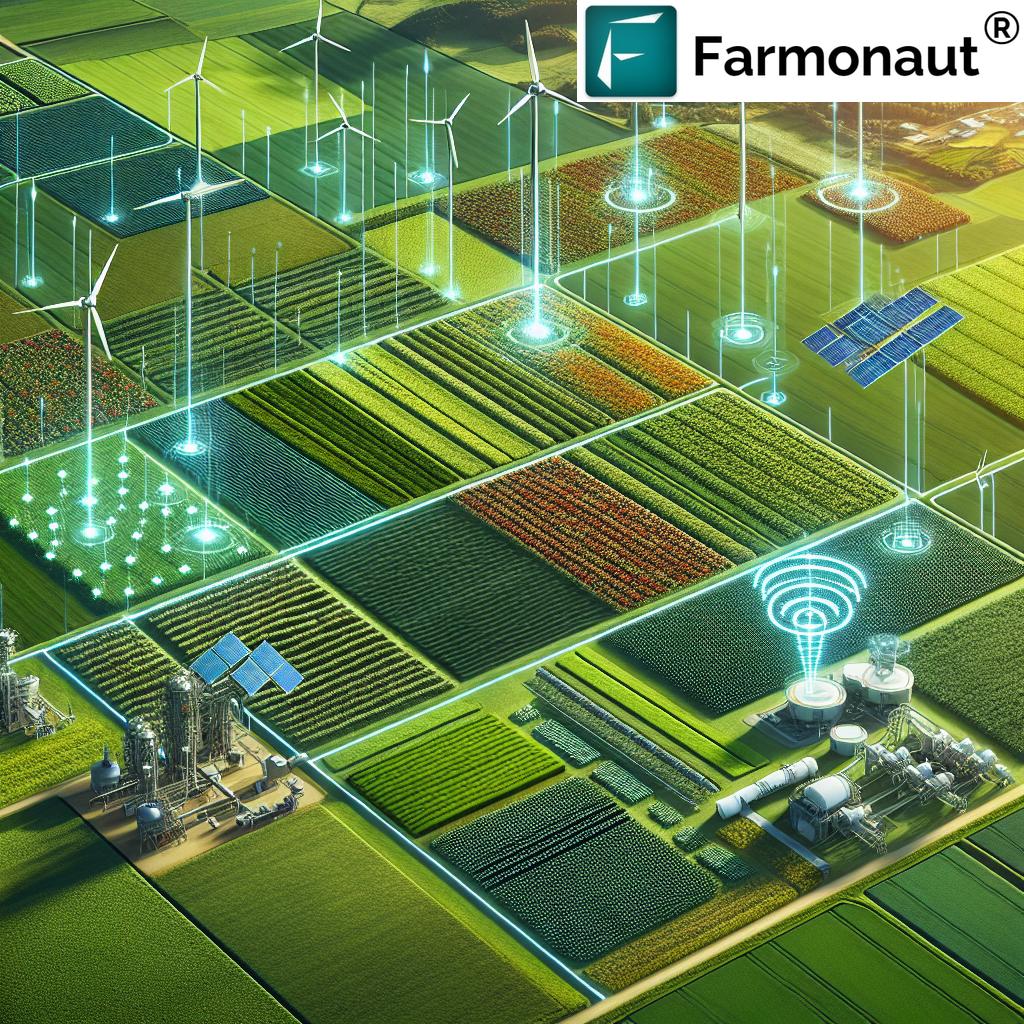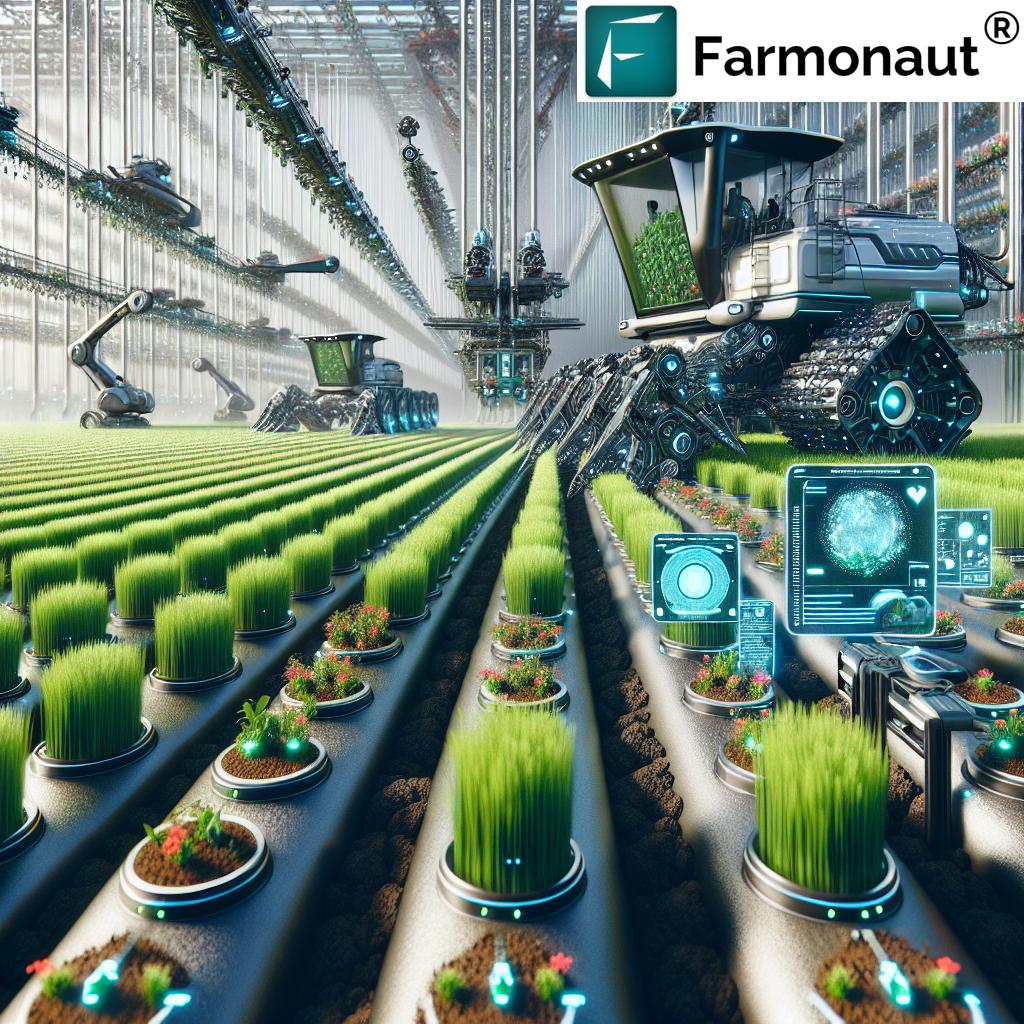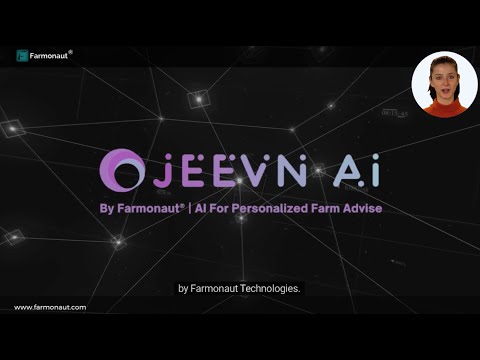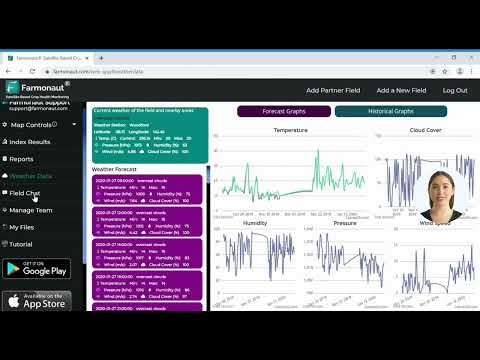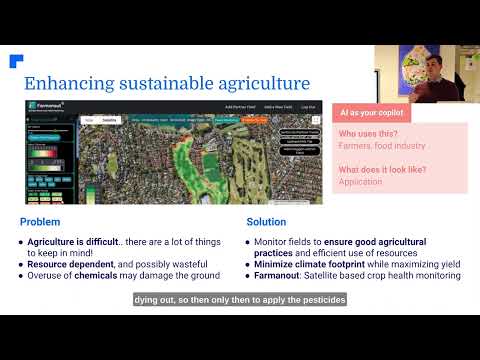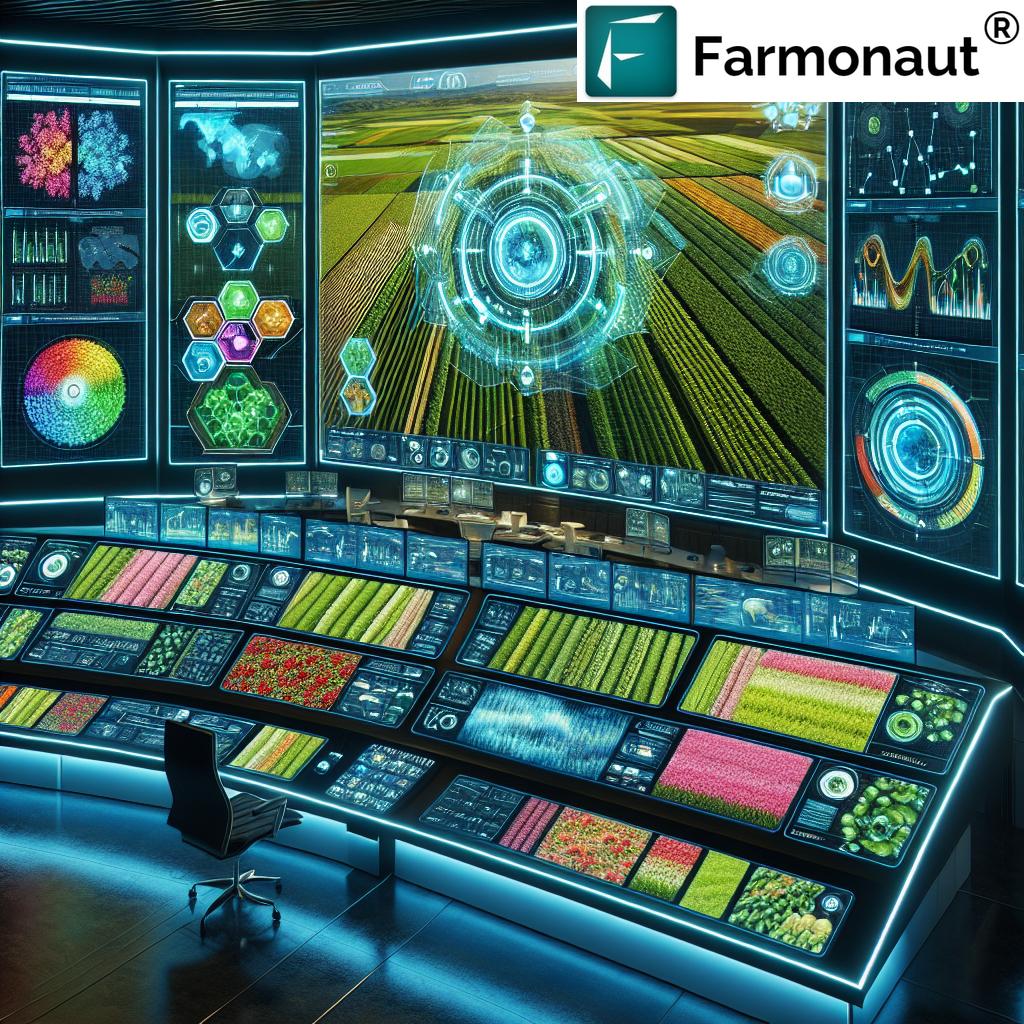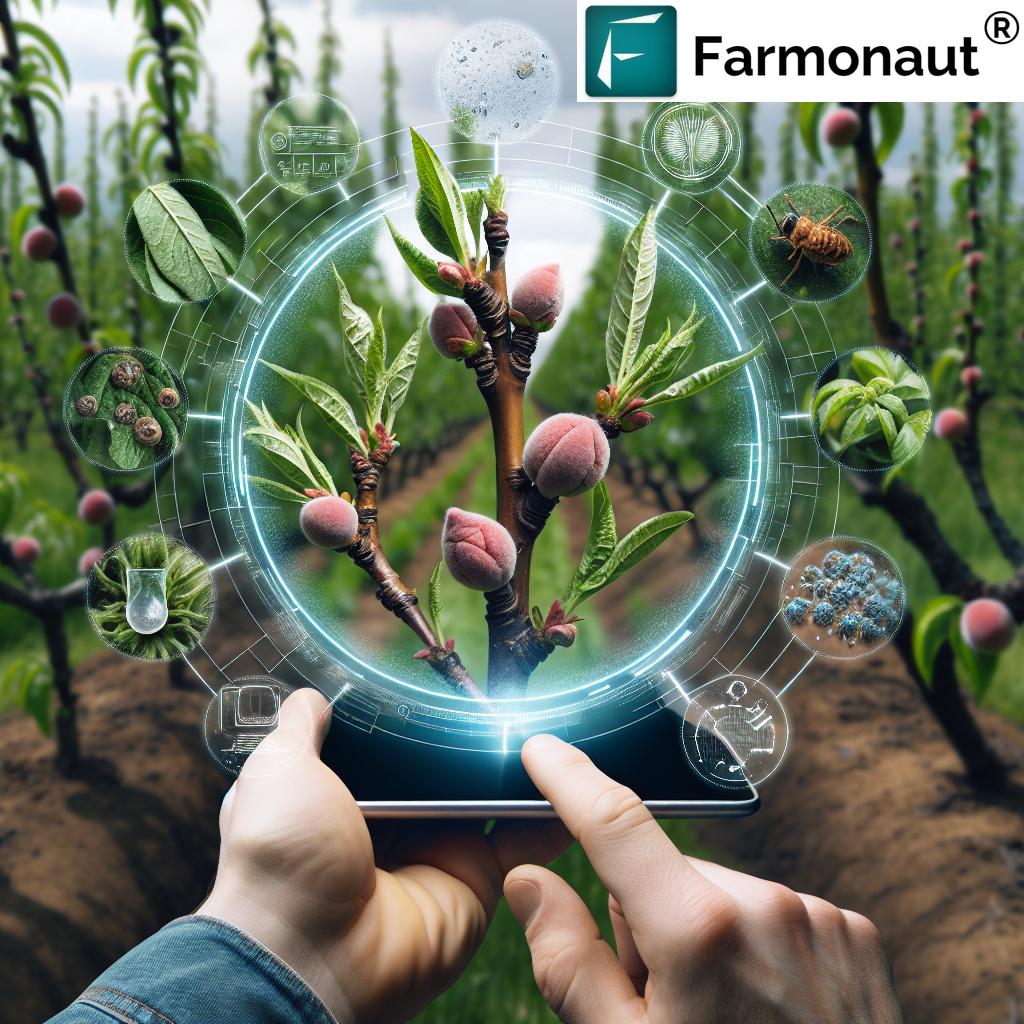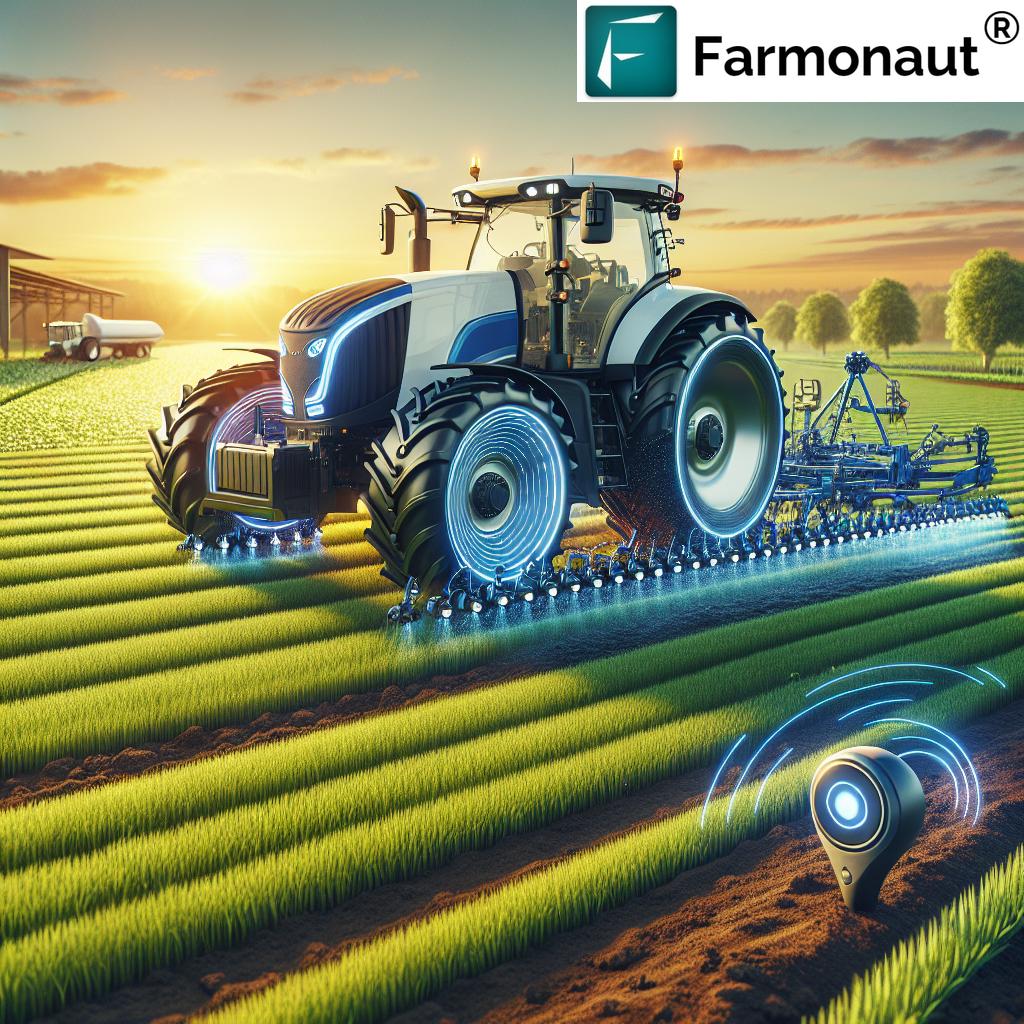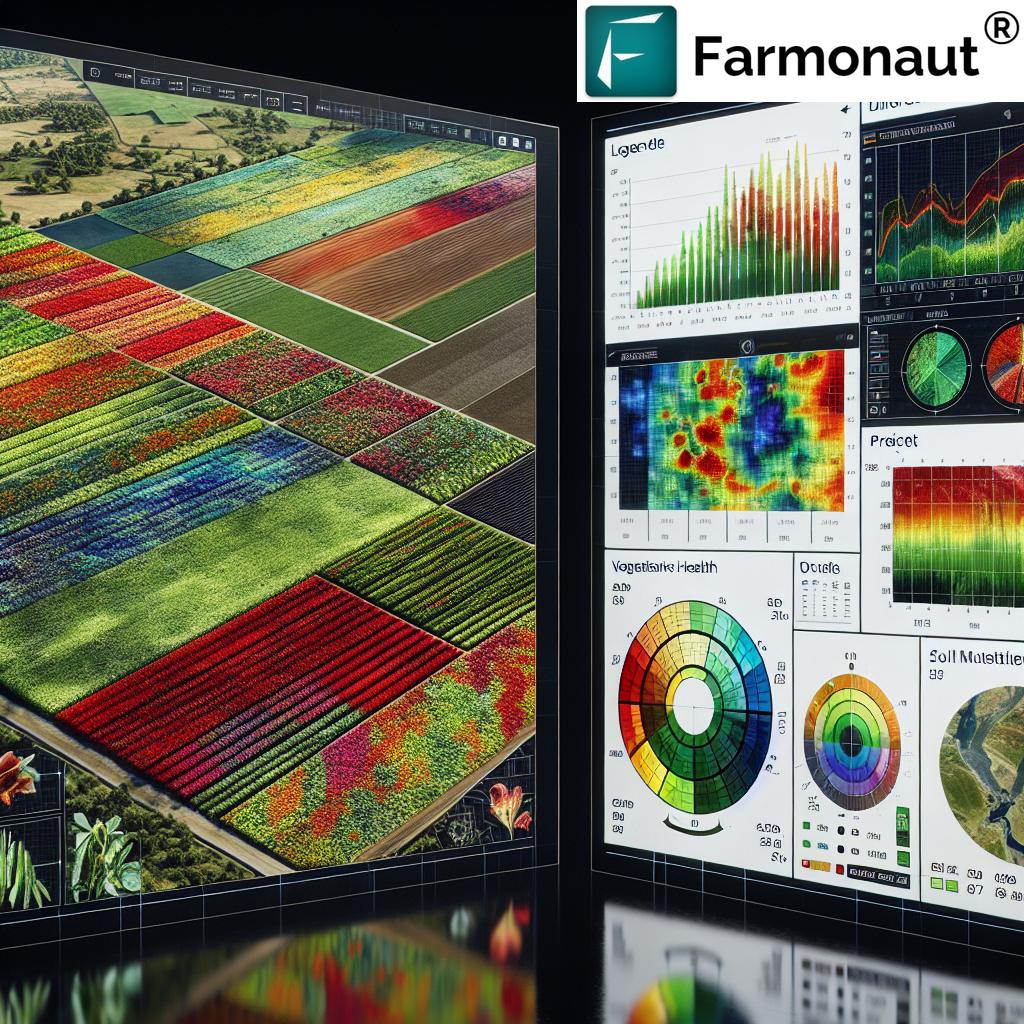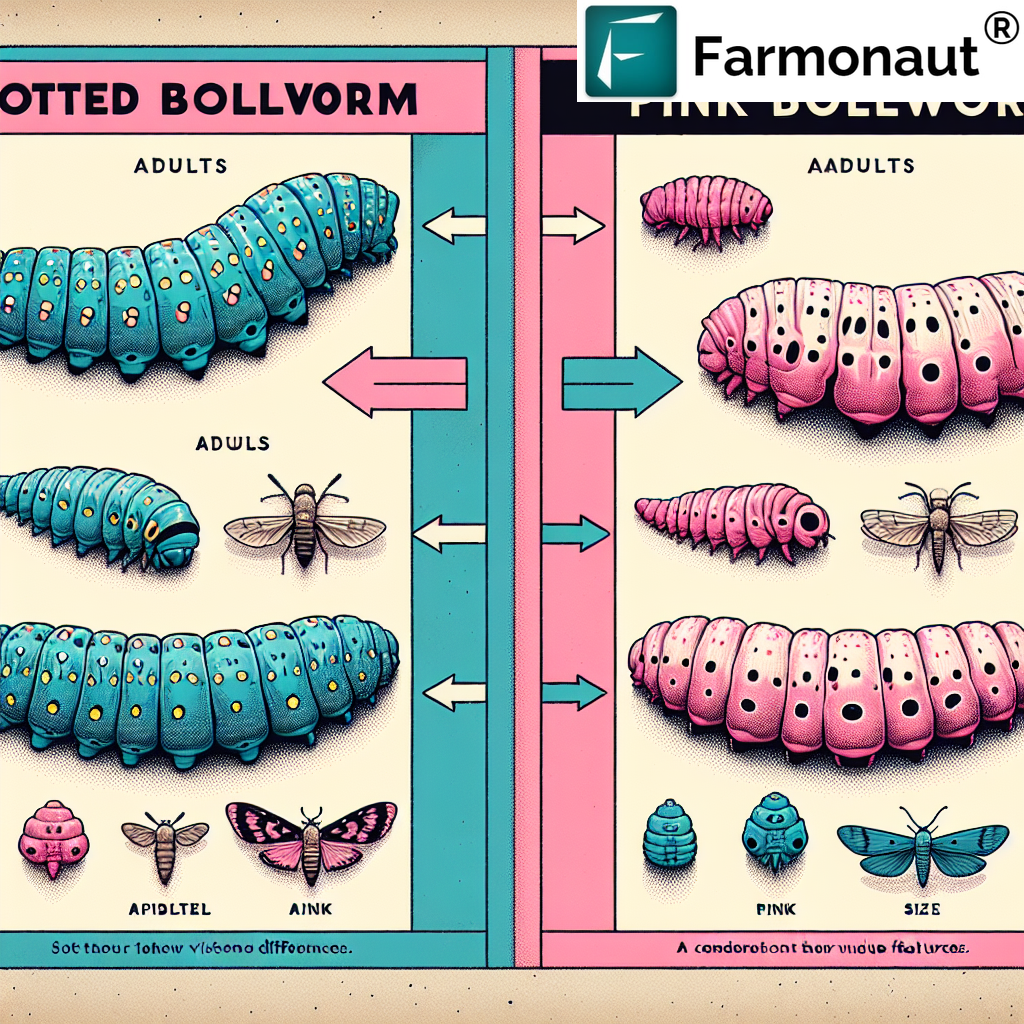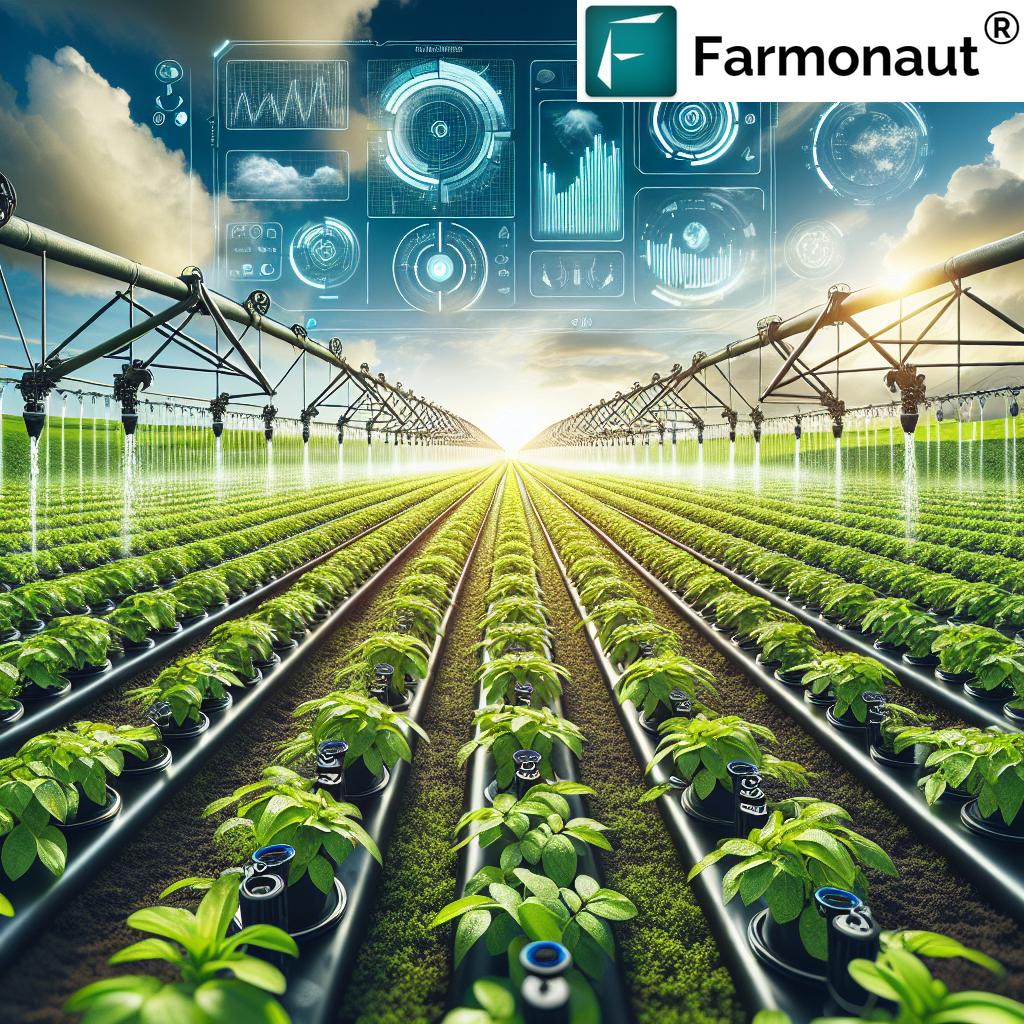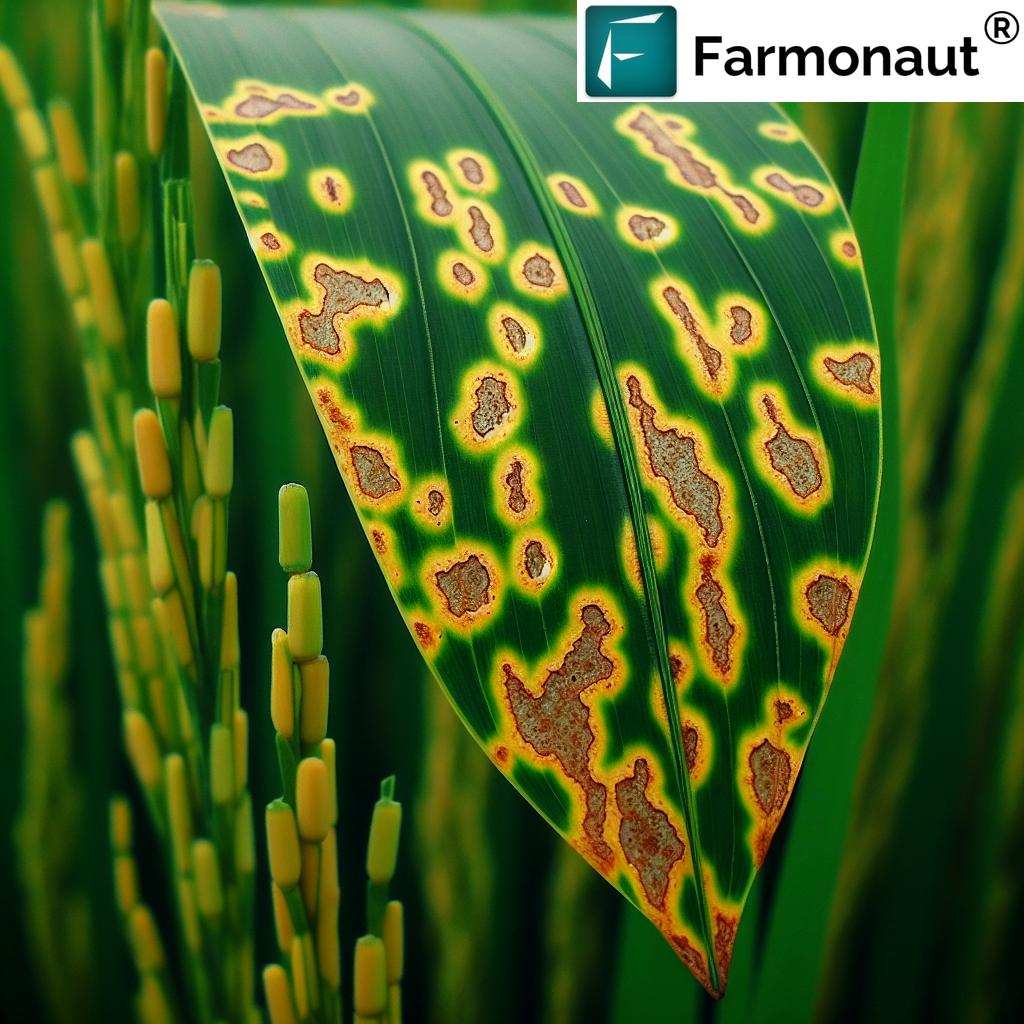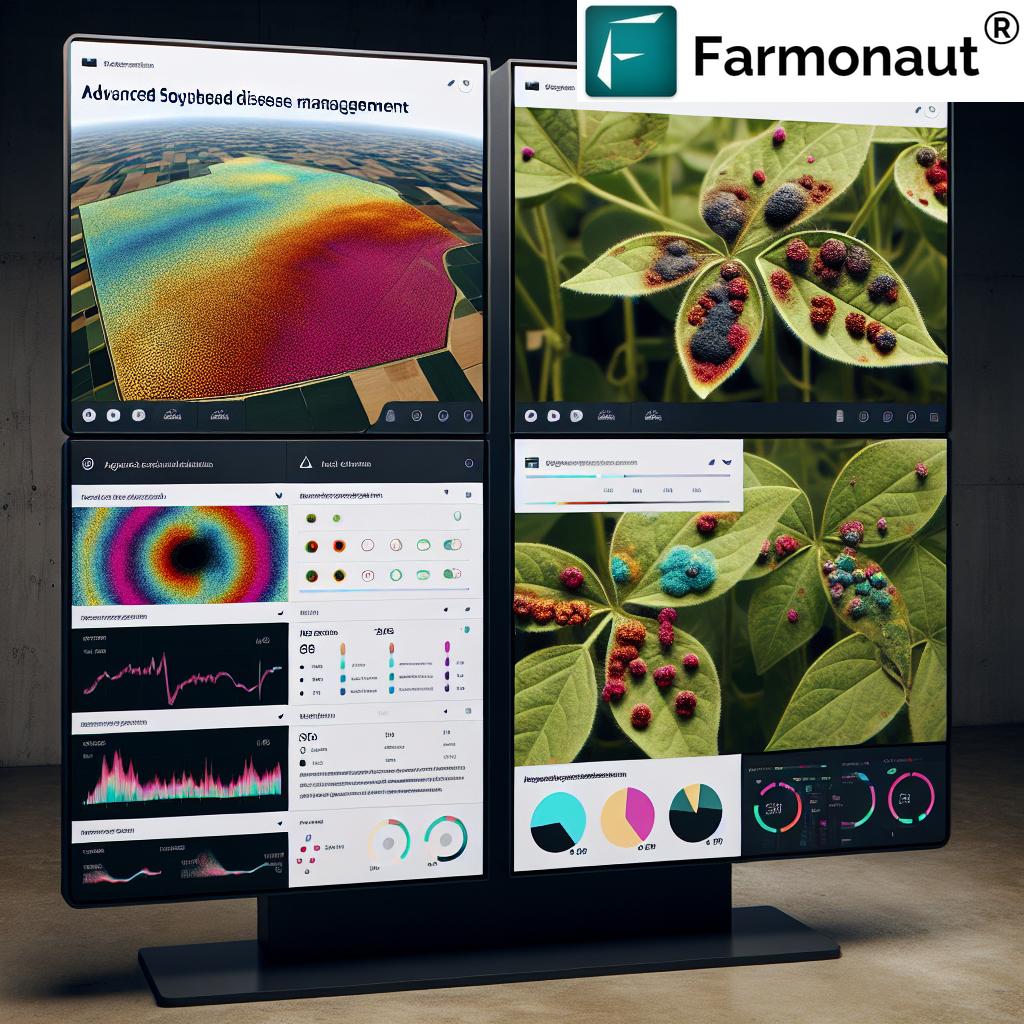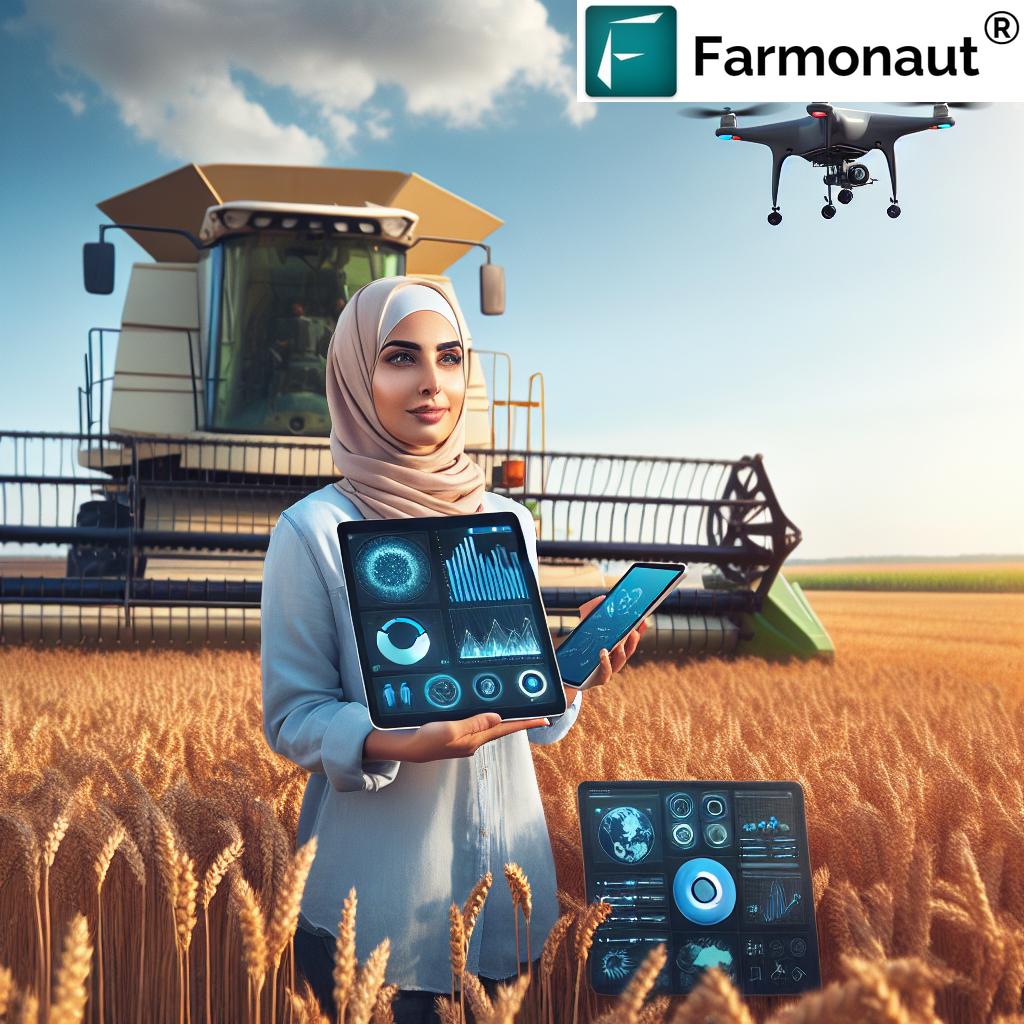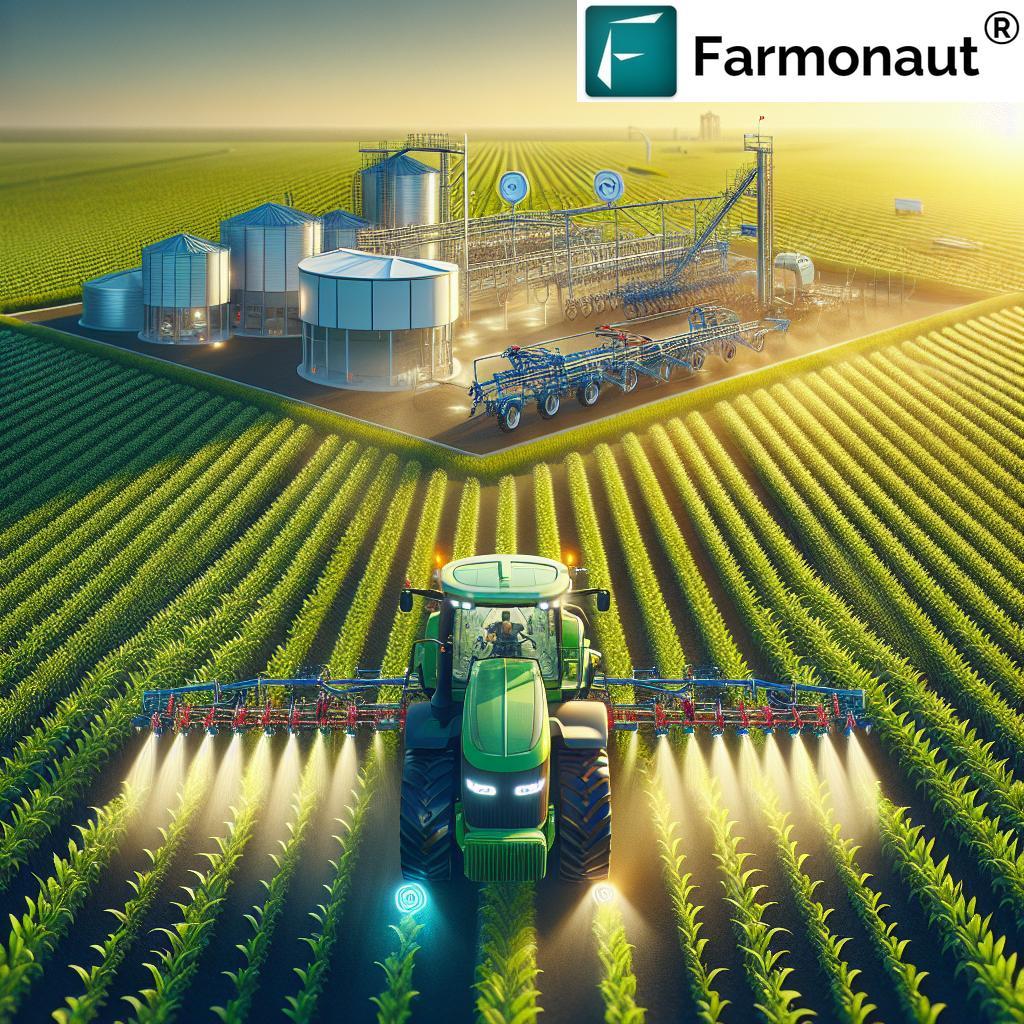Smart Farm Management: 7 Tech Secrets Changing Farming
Table of Contents
- Introduction: The Smart Farm Management Revolution
- Understanding Smart Farm Management
- 7 Tech Secrets Powering Smart Farm Management
- Smart Farm Management Applications in Agriculture
- Smart Farm Management in Forestry & Agroforestry
- Challenges in Adopting Smart Farm Management
- Future Prospects & Innovations in Smart Farm Management
- Comparative Table: Smart Technologies & Their Impact
- Frequently Asked Questions
- Conclusion: Next Steps in Smart, Sustainable Agriculture
“Over 70% of farmers using precision agriculture report increased crop yields within the first year of adoption.”
Introduction: The Smart Farm Management Revolution
As we advance into a new era of agriculture, smart farm management is rapidly transforming how farmers worldwide nurture, monitor, and manage their fields. Integrating innovative technologies such as IoT in farming, data-driven analytics, AI, and precision agriculture tools, this modern approach boosts productivity, efficiency, and sustainability.
Our global agricultural sector is facing unique pressures—climate change, dwindling resources, and a growing population. To succeed, it’s essential that we welcome advanced farming solutions that embrace data, automation, and connectivity. In this comprehensive guide, we uncover 7 tech secrets powering the next generation of sustainable farm management and how you can benefit from these innovations.
Understanding Smart Farm Management
Smart farm management is the practice of integrating advanced technologies, such as data analytics, IoT sensors, drones, and artificial intelligence, into agriculture, aiming to enhance productivity, resource optimization, and sustainability. This shift moves us from traditional intuitions and manual monitoring toward informed, data-driven decisions, delivering more precise results for both crops and livestock.
By leveraging real-time data, satellite imagery, and automated equipment, we can address critical farming challenges:
- Managing unpredictable weather and climate change impacts
- Optimizing the use of vital resources like water, fertilizers, and energy
- Protecting crop health from diseases, pests, and environmental stress
- Reducing operational costs and labor requirements
- Improving overall farm productivity and sustainable practices
Innovative solutions like the Farmonaut platform lead the way in democratizing large-scale farm management by delivering affordable, AI-powered, satellite-based crop health monitoring and advisory systems.
7 Tech Secrets Powering Smart Farm Management
Let’s journey through the seven technologies transforming farming—from IoT-enabled data collection to machine intelligence and blockchain traceability.
“Smart sensors can reduce water usage in farming by up to 30% through real-time soil monitoring and data analysis.”
1. IoT in Farming: Connecting Farms & Data Streams
The backbone of smart farm management today is the rise of Internet of Things (IoT) devices in agriculture. By integrating sensors, actuators, and gateways across our fields, we can collect and transmit real-time data on conditions such as:
- Soil moisture, temperature, and humidity levels
- Ambient light intensity and exposure
- Crop growth stages and stress indicators
- Weather parameters—forecasts and micro-climate monitoring
- Equipment status and performance
This connectivity allows us to ensure timely interventions, efficient input application, and seamless field management.
2. Smart Sensors & Data Collection
Precision starts at the ground level. Modern sensors monitor key parameters in fields and greenhouses alike, providing us with granular, location-specific data. Examples of sensor-driven insights:
- Soil moisture sensors: Guide smart irrigation systems to use water only when and where it’s needed
- Weather sensors: Monitor temperature, humidity, wind, and rainfall to predict potential crop stress
- Crop growth sensors: Examine vegetative growth through NDVI and other indices (multispectral analysis)
Platforms like Farmonaut leverage satellite-based crop and forest advisory, offering reliable, up-to-date field monitoring solutions without the need for expensive on-ground hardware.
3. AI and Data Analytics: From Data Overload to Actionable Insights
Raw data means little unless we turn it into actionable insights. Artificial intelligence (AI) and machine learning enable us to process vast amounts of sensor and satellite data, detect subtle patterns, and predict outcomes.
With agricultural data analytics and predictive models, farmers can:
- Forecast yields and production output
- Anticipate pest or disease outbreaks before visible symptoms appear
- Receive personalized crop advisory (like Jeevn AI on Farmonaut) for optimal seeding, fertilization, or irrigation schedules based on current and forecasted field conditions
- Analyze resource allocation for maximum output at minimum input
This results in informed decisions that directly boost productivity and sustainability.
Want to learn about personalized, AI-powered farm advisory? Discover Jeevn AI Crop & Forest Advisory and optimize your decision-making!
4. Automation & Robotics in Agriculture
From autonomous tractors and robotic harvesters to automated irrigation and plant care systems, automation in agriculture streamlines numerous farm tasks. This technology enables precise, repetitive jobs like:
- Seeding and planting with centimeter accuracy, using GPS & variable rate application
- Remote-controlled or automated weeding, thinning, and pesticide spraying
- Harvesting delicate fruits or vegetables with minimal human intervention
- 24/7 field monitoring via robotics and IoT-enabled equipment
By reducing errors, labor costs, and operational delays, automation increases overall efficiency while maintaining crop quality.
5. Drones & Satellite Imaging: The New Eyes in the Sky
Aerial devices and remote sensing play a vital role in crop health monitoring. The two main technologies here are:
- Drones for agriculture: Capable of capturing high-resolution, real-time images to monitor crop health, growth stages, water stress, and pest outbreaks. Drones also enable targeted interventions—applying water, fertilizers, or pesticides only where needed, dramatically reducing input costs.
- Satellite imaging: Provides extensive, multi-spectral imagery. Farmonaut’s satellite-based crop monitoring offers continuous field coverage, giving precise data on soil moisture, vegetative indices, and more.
Combining both approaches allows for scalable, cost-effective, and detailed monitoring of fields and forests alike, furthering sustainable farm management.
6. Precision Agriculture Technologies
Precision agriculture is about using spatial data, advanced analytics, and automated machinery to address the unique variability within every field. Here’s how:
- GPS-guided equipment: Applies seeds, fertilizers, and pesticides exactly where and when needed
- Zone mapping: Creates personalized production plans for each field—or even sub-field—based on factors like soil type, crop growth patterns, and weather forecasts
- Input optimization: Minimizes waste and maximizes yield by optimizing resource allocation by area
The result? Increased yields, lower environmental impact, and improved profitability. If you manage multiple farms or plantations, Farmonaut’s large-scale farm management solutions enable centralized, data-driven oversight and team collaboration.
7. Blockchain Traceability & Advanced Farm Management Software
Transparency and trust are vital in food supply chains. Blockchain technology for product traceability records every step of a crop’s journey—from sowing to harvest to shipment and consumer shelf. Key benefits include:
- Tamper-proof records: Every transaction and movement is recorded securely
- Consumer trust: Buyers can verify product authenticity and origin
- Regulatory compliance: Easy validation for organic certification, carbon footprint tracking, and food safety
Furthermore, integrated farm management platforms (like Farmonaut’s carbon footprinting tools) empower us to track emissions and make regenerative, eco-friendly decisions.
Smart Farm Management Applications in Agriculture
Let’s explore the practical ways these technologies are changing day-to-day farming operations:
Precision Agriculture: Smarter Decisions, Higher Yields
By implementing precision agriculture technologies, such as field mapping, GPS, and predictive analytics, we take variability into account on a granular level. This means:
- Applying water, fertilizers, and pesticides only where needed based on detailed sensor and weather data
- Using satellite imagery to monitor crop health and spot disease hot-spots before they spread
- Improving efficiency with smart field equipment, helped by automation in agriculture
Irrigation Management: Sustainably Using Our Most Precious Resource
With smart irrigation systems, sensors detect soil moisture levels at different soil depths. Automated valves and irrigation pumps deliver the exact amount of water each plant needs, conserving resources while improving crop health.
As a key part of sustainable farm management, smart irrigation delivers on both efficiency and environmental responsibility.
Livestock & Animal Health Monitoring
It’s not just crop farming that’s evolving. IoT in farming allows us to track animal health through wearable sensors. These devices monitor:
- Body temperature, heart rate, and daily activity levels
- Real-time alerts for illnesses or abnormal patterns
- Automated feeding, milking, and reproduction tracking for optimal herd management
This data-driven approach maximizes livestock productivity and animal well-being.
If your farm operation involves multiple assets—tractors, vehicles, and more—explore Farmonaut’s Fleet Management tools to reduce fuel consumption and enhance logistics efficiency.
Smart Farm Management in Forestry & Agroforestry
The forestry sector faces unique challenges: deforestation, biodiversity threats, and the need for climate resilience. Smart agroforestry management employs technologies such as:
- Satellite-based forest monitoring: Detecting illegal activities, drought, or diseases rapidly across vast areas
- Sensors and drones: Precisely tracking tree growth, health, and carbon sequestration
- AI-based analysis: Planning reforestation, analyzing soil degradation, and adapting to weather shifts
By integrating data streams from these sources, we support both economic and conservation goals. Platforms like Farmonaut offer robust crop and forest advisory solutions—connecting actionable tech with ecological priorities.
Access Farmonaut’s Satellite & Weather API |
API Developer Documentation
Challenges in Adopting Smart Farm Management
Despite all the promise, transforming a traditional farm into a smart, data-driven operation isn’t without obstacles:
1. High Initial Costs
- Advanced devices, sensors, and drones can be expensive investments, especially for smallholder farmers
- Platforms like Farmonaut help bridge this gap by offering affordable, satellite-powered monitoring with no expensive hardware required
2. Training, Skills, & Education
- Adopting new technologies requires digital literacy and a willingness to learn data management
- Comprehensive support and easy-to-use mobile/web apps are making this easier for today’s farmers
3. Infrastructure Limitations
- Reliable internet connectivity and power infrastructure remain a challenge in some rural areas
- Farmonaut’s mobile-responsive solution and offline digital advisory ensures broader access for rural communities
Future Prospects & Innovations in Smart Farm Management
Looking ahead, smart farm management will be empowered by even more advanced AI, machine learning, and blockchain technologies. Here’s what’s next:
- Deeper AI-powered predictions: Earlier disease forecasting, smarter yield estimation, and dynamic resource optimization
- Wider adoption of blockchain: For transparent, tamper-proof supply chains and food safety regulation
- Scalable, affordable tech: Precision tools for farms of any size or location, thanks to mobile accessibility and open APIs
- Sustainability at the forefront: Detailed carbon emission tracking and reporting for truly climate-smart agriculture
- Smarter financing and insurance: With satellite-verified crop loans and insurance for faster, more transparent risk assessment
Comparative Table: Smart Technologies & Their Impact
| Technology | Estimated Efficiency Increase (%) | Sustainability Impact | Key Benefit |
|---|---|---|---|
| IoT Sensors | 20-40% | Reduced water/fertilizer usage | Real-time environmental monitoring |
| Drones | 15-30% | Lower chemical input | Aerial crop health monitoring |
| AI & Data Analytics | 10-25% | Optimized resource allocation | Predictive decision-making |
| Automation & Robotics | 10-35% | Lower energy/labor usage | Automated task execution |
| Precision Irrigation | 15-25% | Reduced water use | Targeted watering |
| Satellite Imaging | 20-35% | Better land use planning | Large-scale field analysis |
| Blockchain Traceability | 5-15% | Enhanced transparency | Supply chain trust |
Frequently Asked Questions: Smart Farm Management
-
What is smart farm management?
Smart farm management is a holistic approach that integrates sensors, IoT, AI-powered analytics, automation, drones, satellite imagery, and software to improve farm productivity, sustainability, and efficiency. By leveraging agricultural data and tech tools, we can monitor crop and livestock health, optimize inputs, reduce environmental impact, and make data-driven decisions.
-
How does IoT in farming help us?
IoT devices enable real-time data collection from fields, greenhouses, and equipment. This lets us monitor soil moisture, weather, and crop conditions continuously, resulting in more precise irrigation, timely interventions, and overall better farm performance.
-
How do drones for agriculture boost efficiency?
Drones provide aerial imagery and data that help us quickly identify crop stress, pests, or disease outbreaks. They also enable targeted application of resources, reducing chemical and water waste while boosting crop yields.
-
What’s unique about Farmonaut’s advanced farming solutions?
Farmonaut delivers satellite-based crop health monitoring, AI-driven farm advisory (Jeevn AI), blockchain-based traceability, fleet & resource management, and carbon footprint tracking. These comprehensive services make precision agriculture affordable, scalable, and accessible globally—without requiring expensive on-ground hardware.
-
Can we afford these technologies on a small farm?
Yes. Platforms like Farmonaut offer flexible subscription pricing, modular services, and mobile/web apps that democratize access, helping smallholder and medium-scale farmers benefit from precision agriculture technologies.
-
What infrastructure do we need for smart farm management?
Ideally, good internet connectivity and some basic hardware (smartphones, computers) allow you to access most features. However, satellite-based solutions minimize on-farm equipment costs, expanding access for rural farmers with limited infrastructure.
-
Where can we learn more or try smart farm management tools?
Explore the Farmonaut App and Agro-Admin platform for live demos and comprehensive smart farming tools tailored for every scale and geography.
Conclusion: Next Steps in Smart, Sustainable Agriculture
Smart farm management is reshaping India’s—and the world’s—agricultural landscape. By combining satellite imagery, IoT, AI, and data-driven decision support, we are making our farms more productive, sustainable, and transparent. As these technologies become more accessible, every grower—no matter the size or location—can leverage precision agriculture technologies to tackle today’s challenges and tomorrow’s opportunities.
- Embrace IoT in farming and multispectral crop health monitoring for data-backed management.
- Optimize your resources and reduce costs with automation in agriculture and advanced data analytics.
- Build trust and support sustainability using blockchain product traceability and carbon tracking.
We invite you to get started with Farmonaut and join the global movement towards smart, sustainable agriculture and forestry. The future of farming is here—are you ready to unlock its full potential?


